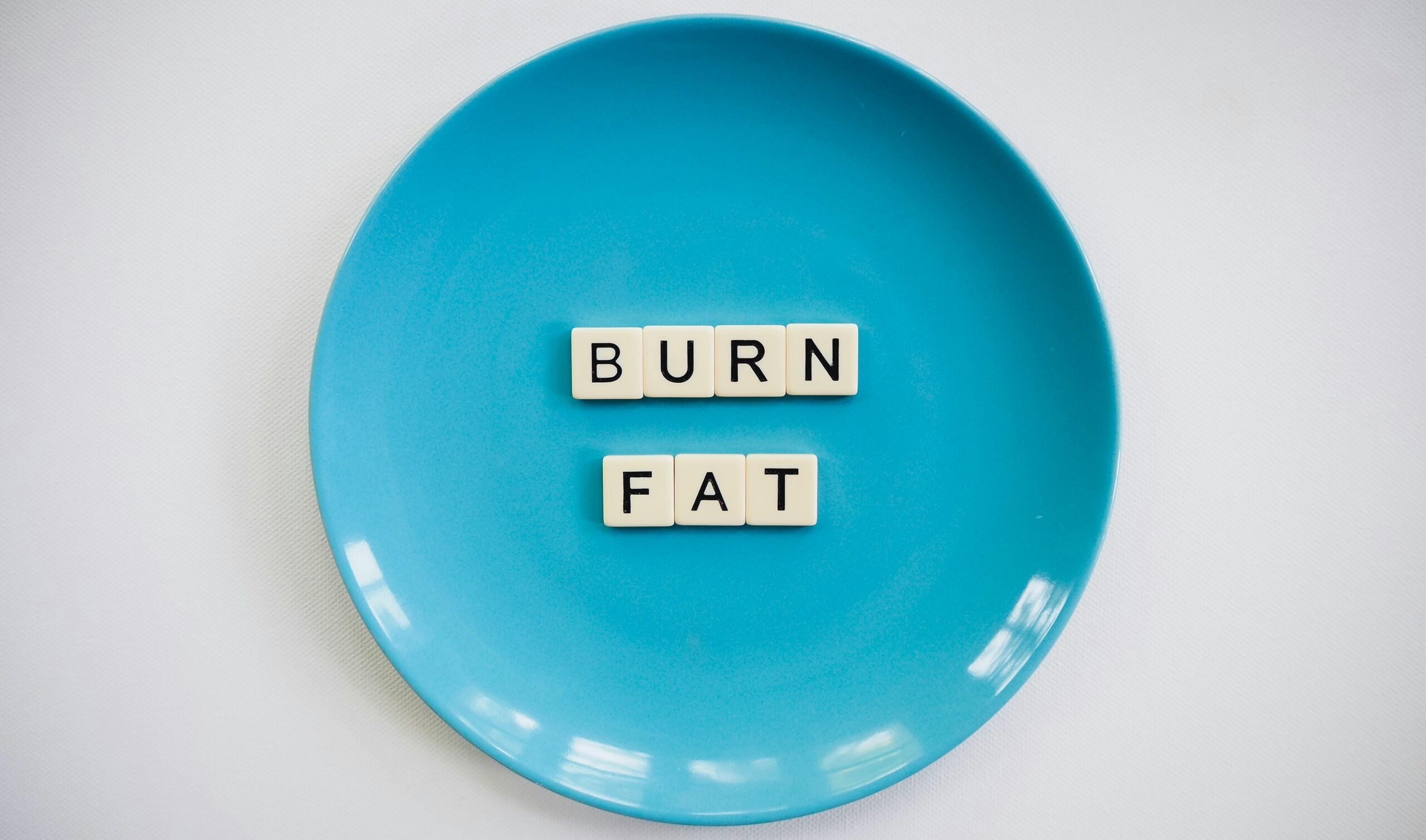Are There Benefits of Behavior Charts for Children?
Colorful sticker grids and traffic‑light posters have become staples in many homes and classrooms. Yet parents and educators still ask, “Do behavior charts really help children learn better habits—or do they just bribe them?” This guide dives into the research‑backed benefits of behavior charts for children, the potential downsides and the smartest ways to use them for lasting positive behavior.
What Is a Behavior Chart?
A behavior chart is a visual tracking tool—often a sticker sheet, point tally, or app—that records specific behaviors and rewards progress. Unlike vague “Be good today” reminders, charts break goals into clear, observable actions (e.g., “Hang backpack,” “Use inside voice”). When the child meets a target, they earn a tangible mark (star, smiley, point) leading to a reward or privilege.
Popular formats:
- Sticker charts for ages 3–7
- Token/point boards for 7–12
- Digital apps with avatars for tweens
How Behavior Charts Work: The Psychology
Behavior charts are grounded in operant conditioning, particularly positive reinforcement. When a desirable action is followed by a pleasant consequence, the brain releases dopamine—strengthening neural pathways that make the behavior more likely to recur. Over time, consistent reinforcement paired with clear visual cues can turn a once‑struggling routine (e.g., brushing teeth) into an automatic habit.
Evidence‑Based Benefits of Behavior Charts
- Clarifies Expectations
Children thrive on structure. A 2022 study in Child Development Research showed that visual schedules reduced oppositional behaviors by 27 % in preschoolers. Posting exact tasks (“Finish math worksheet”) eliminates guesswork and power struggles. - Provides Immediate Feedback
Real‑time stickers or points satisfy a child’s need for quick acknowledgment. According to behavioral therapists, feedback delivered within 30 seconds of the action enhances learning speed by up to 50 %. - Builds Intrinsic Motivation—When Faded Gradually
Critics argue charts create reward junkies. The key is fading: start with frequent external rewards, then shift to verbal praise, and finally let the natural satisfaction of competence take over. A 2023 meta‑analysis in School Psychology Quarterly found that charts paired with fading techniques improved self‑regulated behavior four months post‑intervention. - Strengthens Adult‑Child Communication
Filling out the chart becomes a daily check‑in, prompting conversations like “What made lining up hard today?” This collaborative tone boosts trust and social‑emotional learning. - Offers Trackable Data for Specialists
Occupational therapists and child psychologists often request objective behavior logs. Charts provide quantifiable trends that inform individualized education plans (IEPs) or therapy goals.
Common Pitfalls & Criticisms
| Pitfall | Why It Fails | Fix |
|---|---|---|
| Public shaming (red/yellow cards) | Can embarrass and demoralize children | Keep charts private or use class‑wide positive systems |
| Over‑reliance on prizes | Child behaves only for rewards | Pair with intrinsic motivators & gradually fade tangible rewards |
| Too many targets | Dilutes focus, overwhelms child | Limit to 2–3 specific behaviors at a time |
| Inconsistent follow‑through | Breaks trust; chart loses power | Set realistic monitoring schedule adults can honor |
Behavior Chart Best Practices
- Set SMART Goals: Specific (“Say ‘please’ when asking”), Measurable, Achievable, Relevant, Time‑bound.
- Keep Ratio 4:1 Positive to Corrective Marks: Research shows children flourish with more praise than criticism.
- Let the Child Help Design the Chart: Choosing sticker themes or reward menu boosts ownership.
- Use Age‑Appropriate Time Frames: Preschoolers need daily rewards; older kids can wait a week.
- Review & Reset Weekly: Celebrate wins, adjust goals that are too easy or too hard.
Home vs. Classroom Charts
- Home: Ideal for routines—morning checklist, screen‑time limits. Keep rewards low‑cost (extra bedtime story, choose dinner menu).
- Classroom: Works best for communal norms—quiet transitions, homework submission. Combine individual charts with group rewards (e.g., class marble jar for a picnic).
When to Stop or Adjust the Chart
- Plateau: Child hits targets effortlessly for 2 weeks—time to raise the bar or fade.
- Resistance: If meltdowns increase, goals may be unrealistic; narrow the focus.
- Age Change: Teens may prefer goal‑setting apps over “babyish” stickers.
FAQs
Q1. Do behavior charts work for ADHD?
Yes, but pair with short‑interval rewards (10–15 minutes) and visuals that reset daily to prevent discouragement.
Q2. Are punishment charts effective?
Research favors positive reinforcement over punitive clips or minus points. Punishment can suppress behavior short‑term but harms relationships.
Q3. What rewards are best?
Experiential privileges (bike ride with parent, extra art time) outshine sugary treats. Let children pick from a pre‑approved menu.
Q4. How long should I use a chart?
Aim for 4–6 weeks per target behavior, gradually tapering off once the habit sticks.
Q5. Can charts backfire?
Only if used inconsistently, publicly shaming, or without a fade‑out plan. Follow best practices to minimize risks.
Behavior charts can effectively shape positive habits by clarifying expectations and providing immediate, visual reinforcement.
Success hinges on specific goals, consistent praise, and a gradual fade‑out to foster intrinsic motivation.
Avoid public shaming and prize overload; tailor charts to the child’s age and environment for best results.





